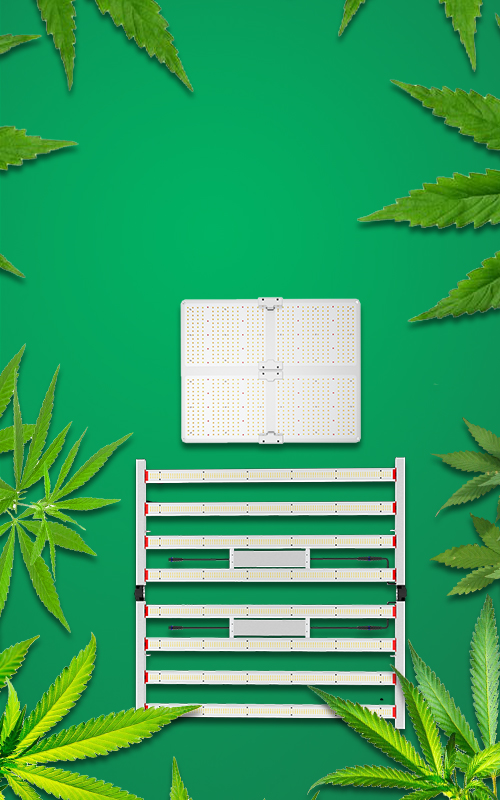Oct 17 , 2024
Is it legal to grow marijuana in South Africa
In recent years, the global movement towards the legalization of marijuana has accelerated, with many countries and regions gradually relaxing restrictions on its cultivation and use. Countries like Canada and Uruguay have fully legalized marijuana, allowing individuals to grow it at home.































